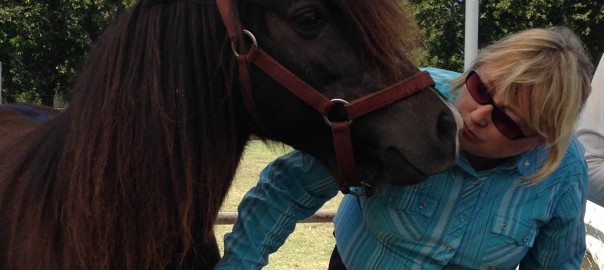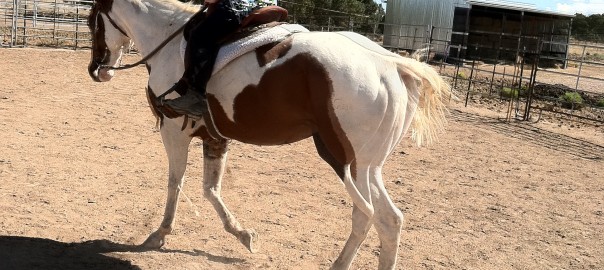I ask this question because it is a part of the whole perspective about experiencing Liberty Horsemanship with your horse — the getting-to-know-you part that’s so important.



I ask this question because it is a part of the whole perspective about experiencing Liberty Horsemanship with your horse — the getting-to-know-you part that’s so important.

The herd grazes on the high desert plains, snatching mouthfuls of grasses if there are any. When they are thirsty, they are generally thirsty as a group, because the water hole may be some distance from where they are grazing.
 Continue reading Feel invisible threads of connection with your horse
Continue reading Feel invisible threads of connection with your horse

This is a refrain that I heard recently from an owner who was startled by the news. It’s not new; I’ve heard it many times before, spoken to owners with horses who have some behavioral issue. What is going on here?

The little things mean a lot with horses.

For a number of years now, I’ve been doing distance bodywork on horses and people. Honestly, it doesn’t matter how far away those horses are, they can still greatly benefit from this help both anatomically and physiologically.

“At any kind of transition point in our lives we all need the certainty of knowing at some level that we are securely held. This is the ground from which we leap, however near or far, and to which we can return and be welcomed back.” – Wisdom of the Body Moving, by Linda Hartley.

Horses and their honesty, which sometimes translates to their inability to be polite, is energetically one of the things that differentiates horses from people and also from dogs. With horses, mostly what you see is what you get. But it takes time to know what you are looking at.

I recently became aware of how the Liberty work I teach really expose to us not only our greatest strengths and weaknesses, but also what parts of the work we are drawn to.

From the standpoint of a bodyworker, when the horse has “had enough” is pretty obvious. But even so, students will continue to press on an area and worry over it even when the horse has moved away. Why don’t they see it? Feel it?